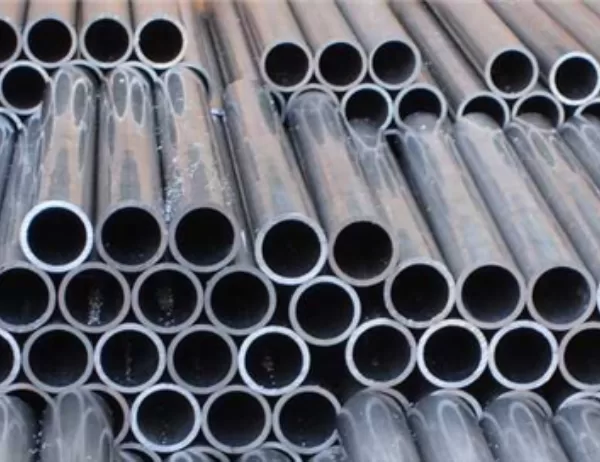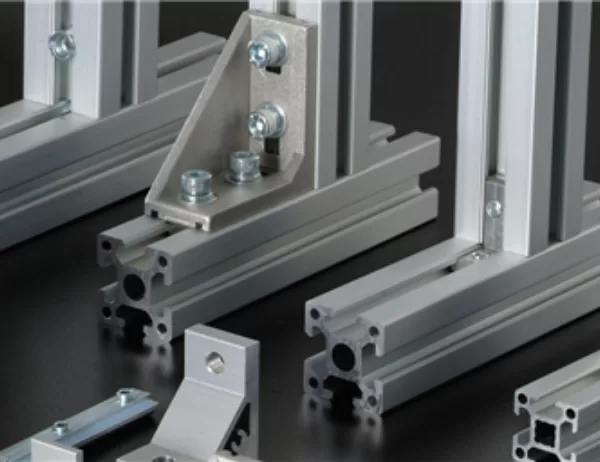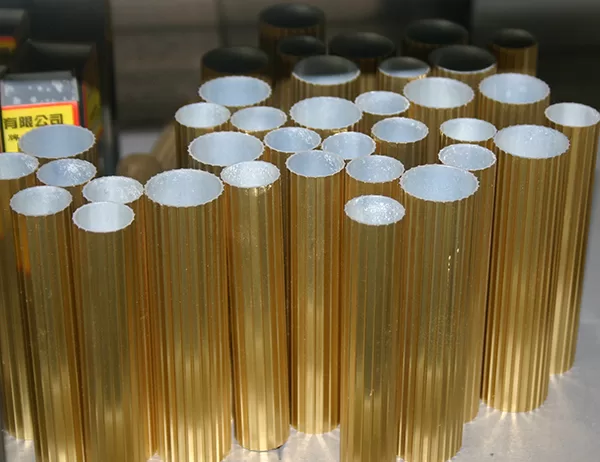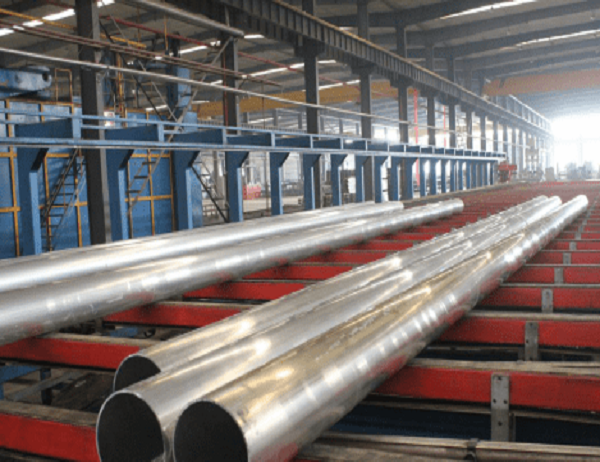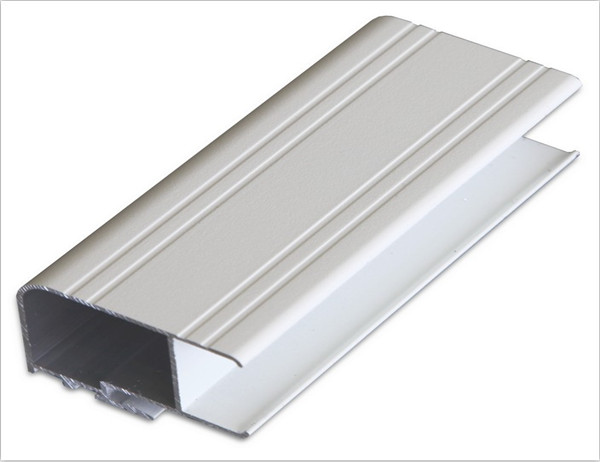The comprehensive guide, “Extruded Aluminum Pipes: Essential Tips for Engineers and Designers,” provides engineers and designers with invaluable information to navigate the complexities of working with extruded aluminum pipes. This article will delve into the key aspects covered in this essential resource, shedding light on the considerations and best practices for successful design and implementation.
Pipe Extrusion Process
Extruded aluminum pipes are produced through a specialized extrusion process that involves forcing molten aluminum through a die to create a continuous profile. This process offers numerous advantages, including:
– Precision: Extrusion allows for precise control of dimensional tolerances and surface finishes.
– Strength: The extrusion process imparts exceptional strength and rigidity to the pipes.
– Design flexibility: A wide range of shapes and sizes can be extruded, enabling customized solutions for various applications.
Material Selection
Choosing the appropriate aluminum alloy is crucial for ensuring optimal performance. Factors to consider include:
– Strength: The alloy’s strength will determine the load-bearing capacity of the pipe.
– Corrosion resistance: The alloy’s resistance to corrosion is essential for certain environments, such as marine applications.
– Weldability: The ease of welding the alloy is important for joining pipes and fittings.
Pipe Design
Proper pipe design involves careful consideration of the following:
– Wall thickness: The wall thickness must be sufficient to withstand the internal pressure and external loads.
– Length: The length of the pipes should be optimized to minimize waste and facilitate handling and installation.
– End finishes: The ends of the pipes should be finished to ensure proper fit within fittings and prevent leaks.
Fabrication Techniques
Various fabrication techniques can be used to modify and assemble extruded aluminum pipes, including:
– Cutting: Mechanical saws or waterjet cutters can be used to cut the pipes to the desired length.
– Bending: Pipes can be bent using specialized bending equipment, allowing for complex pipe routing.
– Welding: Welds can be used to connect pipes and fittings, creating strong and durable joints.
Applications of Extruded Aluminum Pipes
Extruded aluminum pipes offer versatile applications across numerous industries:
– Automotive: Fuel lines, brake lines, and structural components.
– Aerospace: Hydraulic lines, structural assemblies, and landing gear.
– Construction: Scaffolding, handrails, and architectural details.
– Medical: Medical devices, surgical equipment, and laboratory apparatus.
